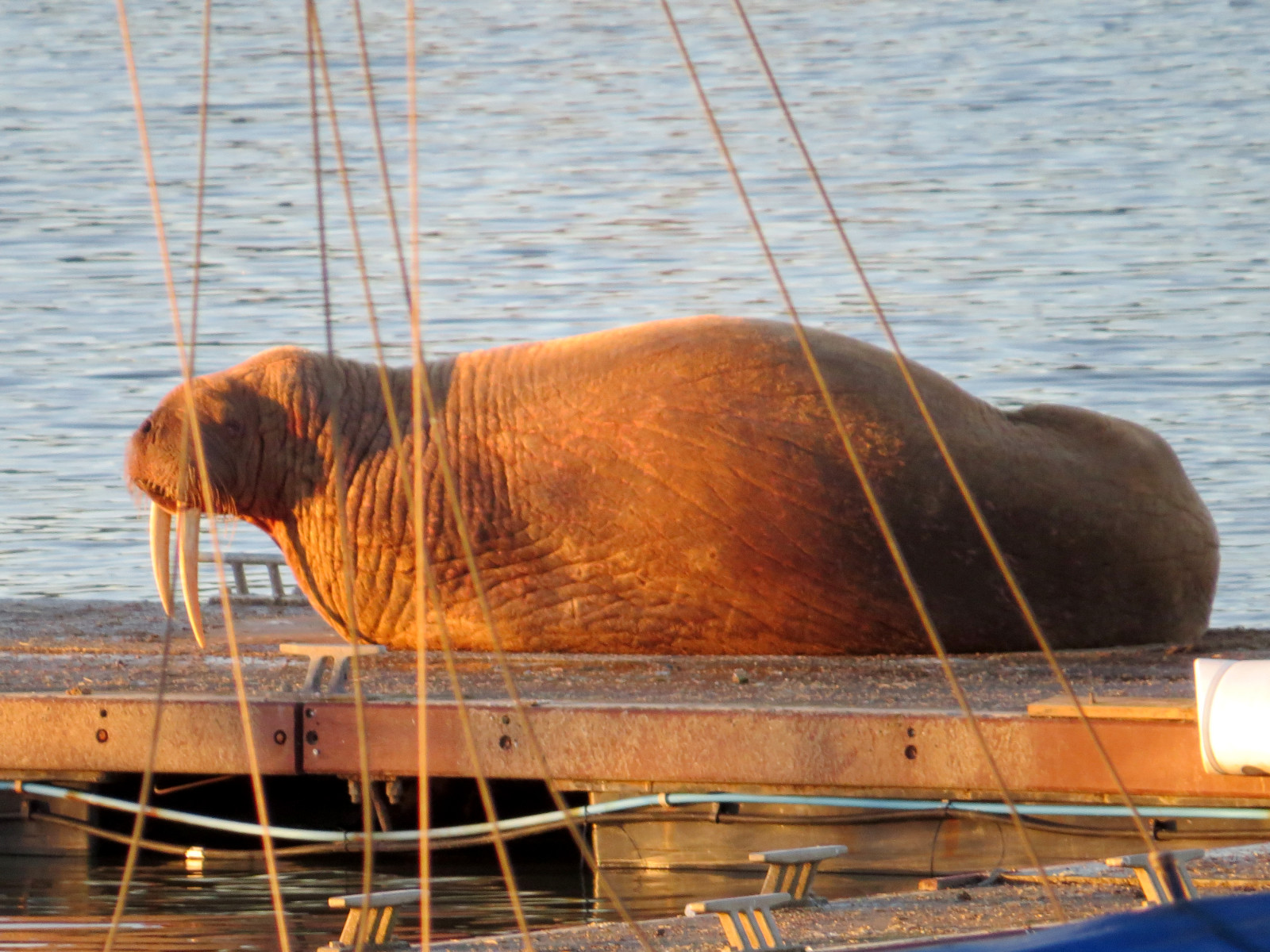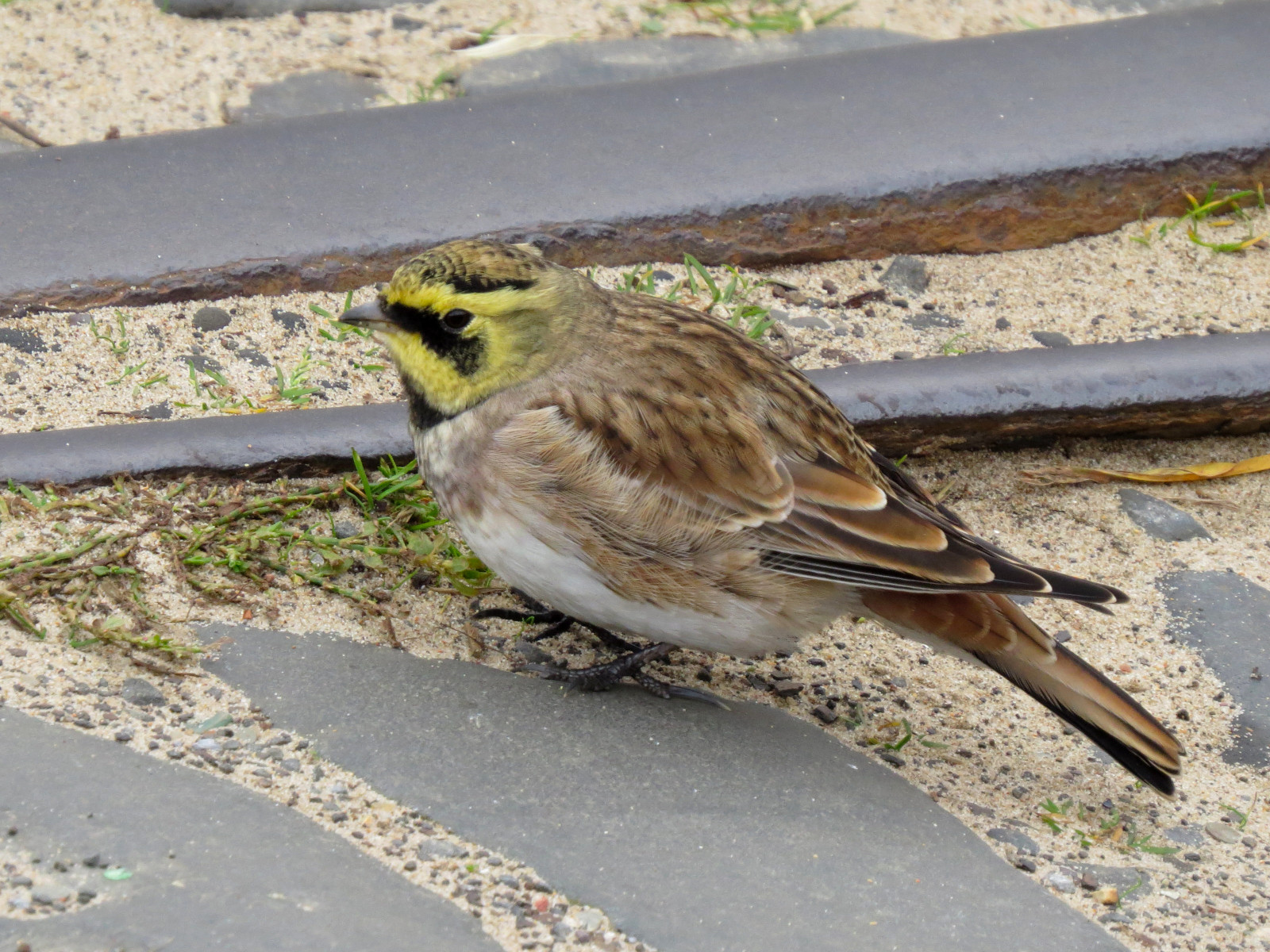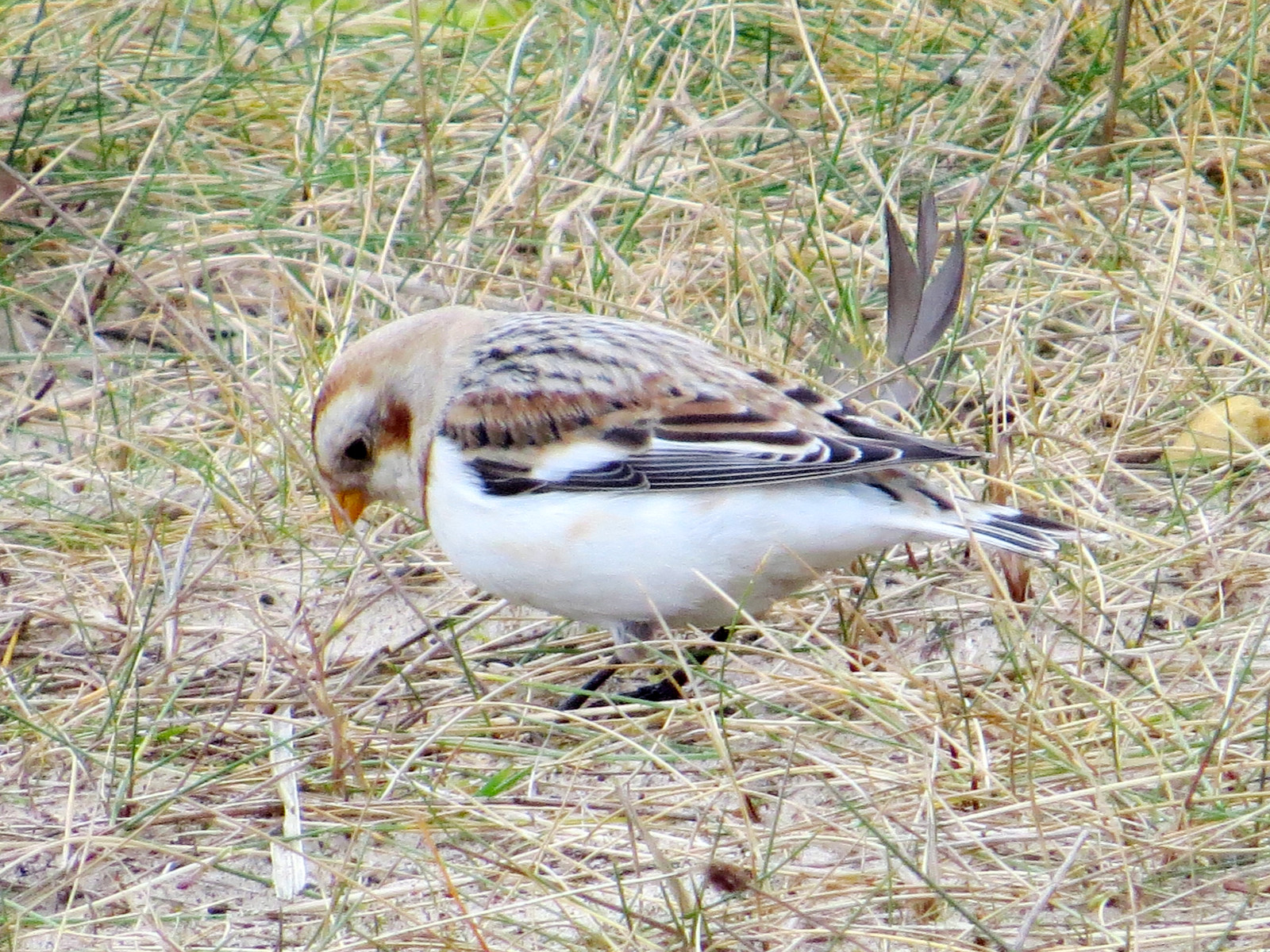Charger images
Les formats d'image autorisés sont de type jpeg, png ou gif
La taille maximale du fichier doit être de 20MB



Blyth Harbour leapt to fame on 2 January 2023 when 'Thor' the Walrus visited. It has though long been known to birders for seaduck, gulls, and dune birds.
Not the most visually attractive of sites, Blyth South Harbour does however have birding interest. The large gull roost often attracts Goéland bourgmestre and Goéland à ailes blanches in winter, while a 'scope view across the river to the (inaccessible) North Mole sees a good high tide roost of Cormoran huppé and Bécasseau violet. The river itself usually has a few Eider à duvet, and less regularly, Harle huppé and Macreuse noire, while auks like Guillemot de Troïl and Mergule nain can be seen on the sea to the south. A line of sand dunes extends south from the harbour for about 4 km, and as the harbour end of the dunes is often the quietest stretch with fewer dog walkers, Bruant des neiges tend to gather at this end, as do the occasional Alouette haussecol and Bruant lapon. The barrier of the North Mole prevents the South Harbour being a good seawatching site, but birds migrating higher overhead along the coast like Oie à bec court and Cygne chanteur can be seen. Rarities have included a wintering Plongeon à bec blanc and a Grèbe jougris or two.
Busses 308 and 309 between Newcastle upon Tyne and Blyth run past the entrance, and there is a small car park (often busy with fishermen so space can be limited). The harbour road beyond the car park is closed to cars (except for local boat owners), but is open to cyclists and pedestrians. Walk along the dunes and back along the harbour road, or vice-versa; scan the harbour pontoons and staiths for gulls (and the occasional Walrus!).
Votre feedback sera transmis à l’auteur.rice de cette zone et à l’équipe éditoriale de Birdingplaces, qui l’utiliseront pour améliorer la qualité des informations. (Vous souhaitez publier un commentaire visible en bas de page ? Fermez cette fenêtre et choisissez l’Option 1 : « Publier un commentaire, un conseil ou une observation ».)
Veuillez fournir des suggestions d'améliorations ou d'ajouts au texte de ce site ornithologique.
Veuillez fournir vos suggestions d'améliorations ou d'ajouts à la carte.
Veuillez fournir des suggestions d'améliorations ou d'ajouts à la liste des oiseaux.
Cliquez sur l'icône de l'oiseau () Insérez les noms d'oiseau dans votre langue. Ils seront automatiquement traduits pour les autres usagers !